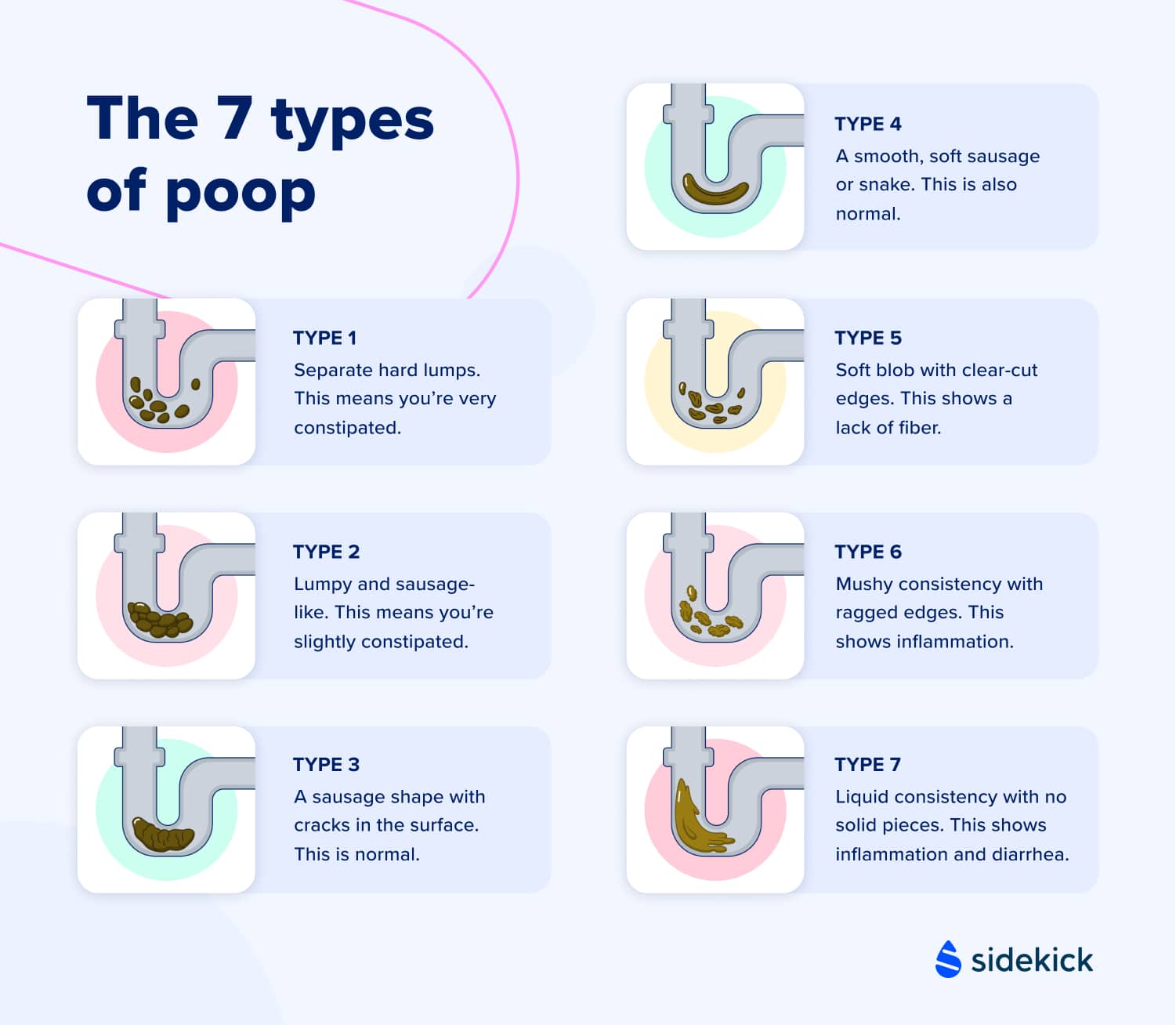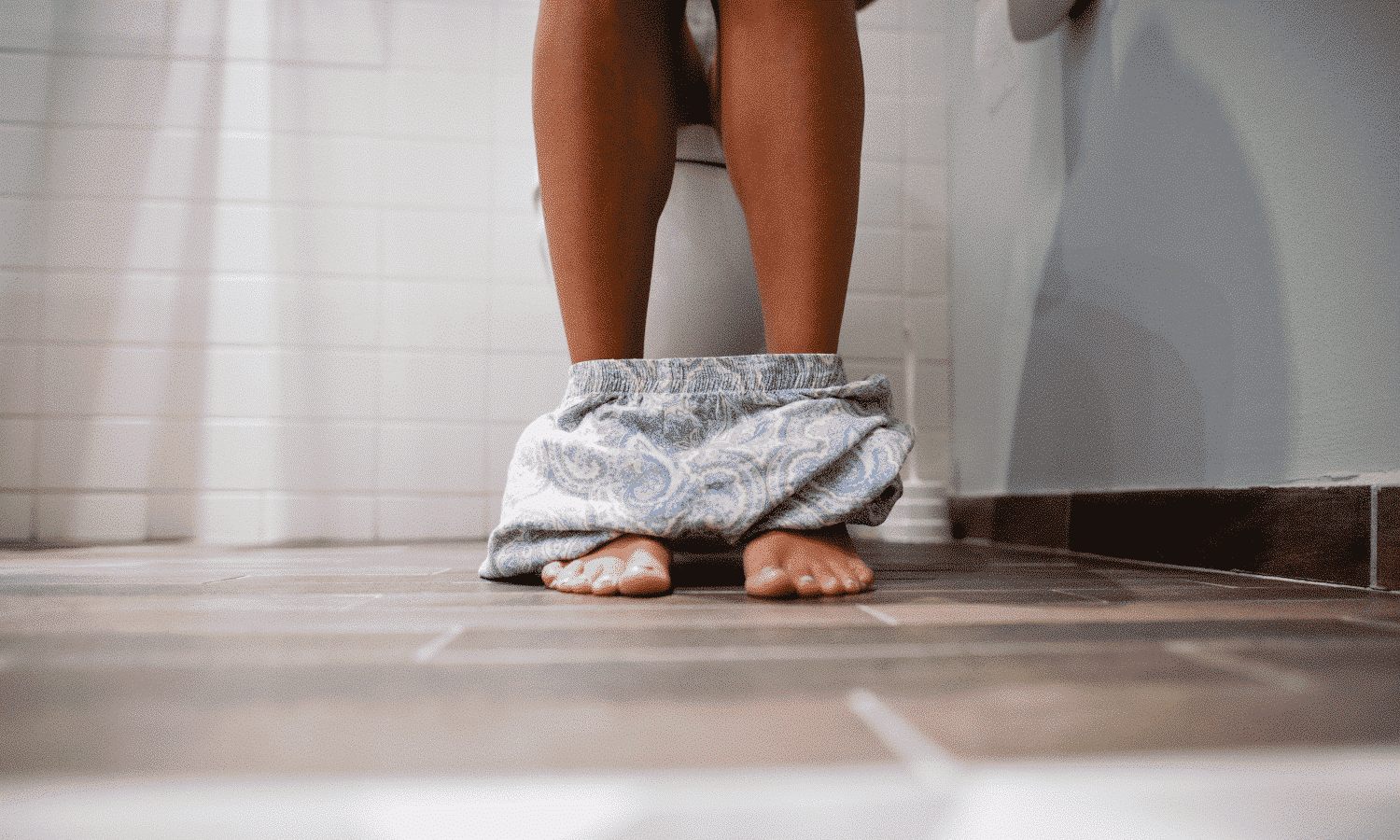|
Getting your Trinity Audio player ready...
|
Poop. We all do it. Your parents poop, your colleagues poop, your neighbors poop, your doctor poops – even your favorite celebrity passes their very own poop. So why don’t we talk about it more openly?
It feels like we’ve gradually started to talk freely about other “unspeakable” subjects like sex, periods, menopause, fertility, and mental health. So what is it about poop that makes us recoil in embarrassment or, even more commonly, disgust?
Maybe it’s the smell or its less-than-appealing appearance. Or maybe it’s because poop reminds us that we’re all animals.
Whatever the reason is, poop is an essential part of our bodily functions and can give us vital information about our health.
What is poop?
Poop, or feces to give it its proper name, is the waste that your body passes once it’s taken the nutrients it needs from the food you eat.
Surprisingly, poop is made up of about 75% water. The rest is dead cells, bacteria, indigestible food, food waste, fats, salts, mucus, and other substances.
Here’s a simplified breakdown of how food goes in one end and out the other:
- The food we chew is broken down by our saliva and goes down our esophagus – the tube that carries food and liquid from our throats to our stomachs.
- Once the pieces of food are in our stomach, they’re made smaller by acid, a liquid that helps us digest and absorb nutrients, and enzymes, substances that speed up a chemical reaction in a cell.
- Those smaller pieces are passed into the small intestine. The small intestine’s job is to absorb nutrients from our food.
- The leftovers (waste) go to the large intestine, also known as the colon. Because this waste is quite watery, the colon absorbs the water and starts molding the waste into a stool.
- The stool makes its way to the rectum, a pouch that sits at the end of the large intestine. It’s in the rectum that the stool builds until it reaches a certain amount. When that amount is reached, you’ll get the feeling that you need to poop.
- When you go to the toilet and are ready, the muscles around the rectum and anus relax and release the stool.
How to know if your poop is healthy
Poop is certainly no oil painting, so it’s understandable if you don’t want to look at it. But taking a peek would be beneficial in helping you understand whether your body, especially your digestive system, is healthy.
If you’re not sure how to tell if your poop is “normal”, you can check out the Bristol Stool Chart to see how your poop measures up. There are seven general types of feces, and they often reveal what’s going on in our bodies.
- Type 1
Separate hard lumps. This means you’re very constipated. - Type 2
Lumpy and sausage-like. This means you’re slightly constipated. - Type 3
A sausage shape with cracks in the surface. This is normal. - Type 4
A smooth, soft sausage or snake. This is also normal. - Type 5
Soft blob with clear-cut edges. This shows a lack of fiber. - Type 6
Mushy consistency with ragged edges. This shows inflammation. - Type 7
Liquid consistency with no solid pieces. This shows inflammation and diarrhea.

What is constipation?
Constipation occurs when your food passes too slowly through the digestive system, and the large intestine (colon) sucks up too much water.
Having the occasional bout of constipation is normal, and it can be down to a number of reasons, including not drinking enough water, not eating enough fiber (especially fruits and vegetables), not getting enough exercise, stress, a lack of privacy, lifestyle changes, or resisting the urge to poop.
What is diarrhea?
Experiencing diarrhea means that your food has passed through the digestive system too quickly, and the large intestine wasn’t able to absorb any water. Diarrhea is also common and can occur for most people a few times a year.
The most common cause of diarrhea is a virus that infects your intestines (“viral gastroenteritis”). Other causes can include bacterial infection, stress, eating foods that upset your digestive system, medications, radiation therapy, food allergies, and poor absorption of food, to name a few.
When should I be worried about my poop?
The idea of talking to your doctor about poop might sound humiliating, but remember that your doctor poops too, and they feel comfortable discussing stools when it comes to your health.
There are a few markers to look out for in your bowel movements, and if any of the following occur, we encourage you to contact your healthcare provider:
- If you spot any other colors upon poop inspection, such as deep red, maroon, black, or white.
- If you see any traces of blood in your stool.
- If you experience constipation for longer than two weeks, especially if it’s paired with nausea and/or vomiting.
- If your bout of diarrhea comes with severe abdominal pain or discomfort that doesn’t go away once you’ve pooped, a fever, chills, vomiting, or if diarrhea lasts longer than two days.
- If you experience sudden urges to poop.
Note that this list covers just some of the examples to watch out for. If you’re living with a health condition, you might want to discuss whether any of your medications or treatments can have an impact on your bathroom activities with your doctor.
Tips on how to have healthy poop
Just like with all things in our body, there are ways you can help processes run a little smoother. Literally. And poop is no exception. Here are some tips:
- Water makes your stool easier to pass, so make sure to stay hydrated throughout the day.
- Fiber moves easily through your digestive tract so getting your daily amount in is key. Women should aim to eat around 21 to 25 grams of fiber per day, while men should aim for 30 to 38 grams. Want to know what 25 grams of fiber looks like? It can be found in five large apples, seven cups of blueberries, or eight medium-sized bananas.
Fibrous foods also include leafy greens like spinach, sprouts, broccoli, and other vegetables such as carrots and beetroot.
Fiber-filled fruits consist of strawberries, raspberries, and apples, so make sure your desserts look more fruity. On a budget? Buying bags of frozen fruits is an excellent option, especially when it comes to berries! Not only is frozen fruit more purse-friendly, but it lasts longer too.
Other foods to add to your shopping list are wholegrain bread, oats, almonds, pistachios, and sunflower seeds.
- Be kind to your intestinal tract by limiting the amount of alcohol, caffeine, and sugar-sweetened drinks you consume.
- Movement can help your intestines move stools forward, so doing regular exercise could keep your bowels regular too. A 30-minute walk five times a week can really help move things along in your digestive system.
- Squatting is the most effective position for taking a poop because it straightens out the colon and gives stools a neater path to travel. Sitting makes your lower bowel bend slightly, making it harder for you to push your poop out.
If you use a seated flush toilet, a full squat isn’t possible. But you can use a footstool to help, as it will bring your knees up higher than your hips.
Also, remember to lean forward and rest your elbows on your knees, bulge out your abdomen and straighten your spine – happy pooping!
We don’t only talk about poop! Check out our library of articles and read up on a range of other health topics.












